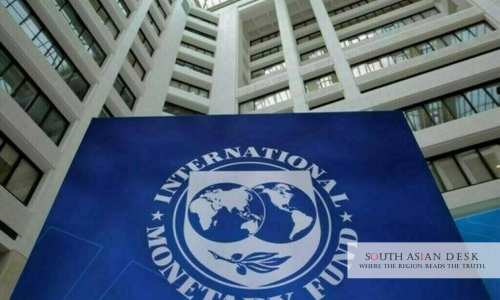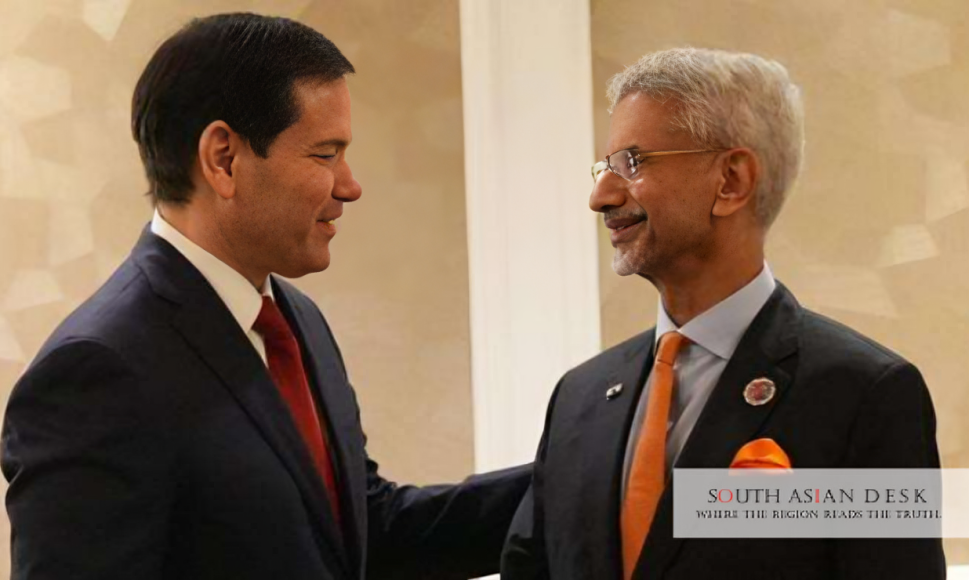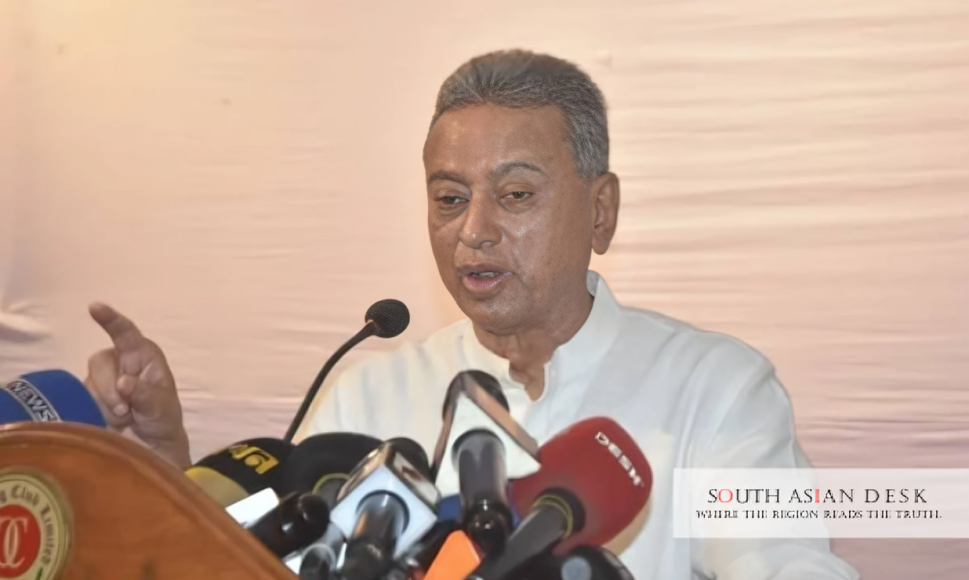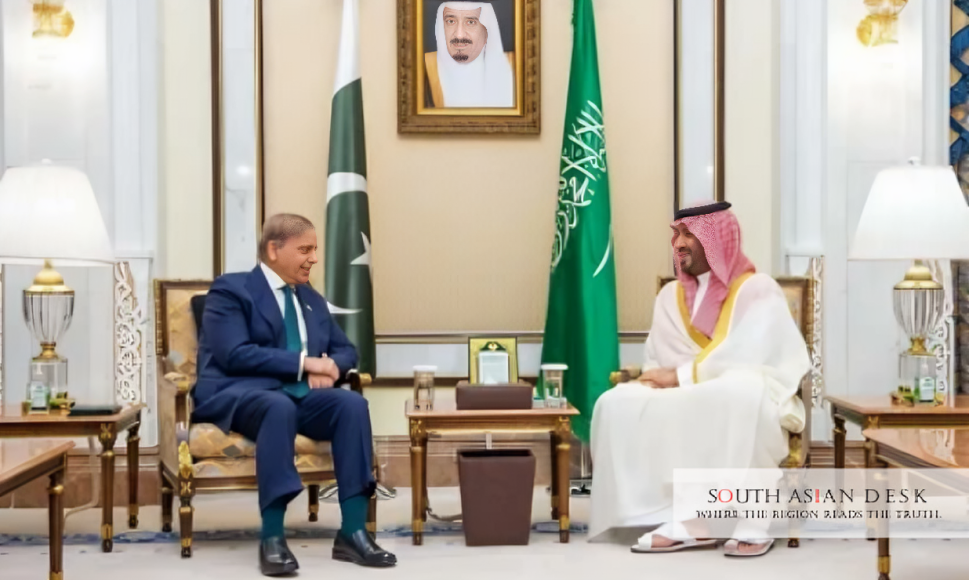Dhaka, Bangladesh) – IMF praises Bangladesh reserves after foreign exchange holdings climbed to USD 27.35 billion under the IMF’s valuation method as of 16 October 2025. Thomas Helbling, Deputy Director of the IMF’s Asia and Pacific Department, highlighted the buildup during a briefing on October 25, 2025, in Hong Kong. This progress supports the USD 5.5 billion loan program’s goals amid persistent balance of payments strains.
The IMF praises Bangladesh’s reserves, signaling stability for South Asia’s fast-growing economy, which eases import financing for neighbors reliant on Bangladeshi garments and remittances. It bolsters regional trade resilience against volatility in energy prices and climate shocks, while underscoring fiscal discipline models for debt-burdened peers like Pakistan and Sri Lanka.
Bangladesh Forex Reserves Rise, Drives Program Momentum
Bangladesh’s forex reserves rise marks a key win for the central bank. Holdings increased from USD 19.93 billion in the previous year. Inflows outpaced outflows in recent months. The Bangladesh Bank purchased foreign currency from the market to fuel this growth.
Helbling noted at the briefing: “The accumulation of reserves is considered a central objective of the IMF-supported program, particularly given that the country continues to face balance of payments pressures.” He stressed the role in curbing vulnerabilities.
Official data from the Bangladesh Bank indicates gross reserves at USD 31.18 billion as of August 28, 2025. This figure uses the central bank’s method. The IMF’s balance of payments manual six calculation yields the lower USD 27.35 billion mark. Both reflect steady accumulation since mid-2025. The rise stems from surges in remittances and gains in exports. Ready-made garments generated USD 10.5 billion in revenue during the first half of fiscal year 2025-26. Worker remittances hit USD 12.3 billion over the same period. These bolstered net inflows.
An IMF mission is scheduled to arrive in Dhaka this October for the fifth review. It evaluates compliance with loan conditions. Discussions cover exchange rate interventions. Authorities aim to align practices with the declared flexible regime.
Bangladesh’s foreign exchange reserves rise, easing pressure on the taka. The currency stabilized at 117 per USD after depreciating by 25 percent earlier in 2025. This supports import cover for three months of goods and services.
IMF Bangladesh Economic Review Spotlights Reforms
IMF Bangladesh economic review in June 2025 praised broad program adherence. The executive board completed the third and fourth reviews under extended credit and fund facilities. It approved USD 884 million in disbursements.
Nigel Clarke, IMF deputy managing director, stated: “Bangladesh’s economy continues to navigate multiple macroeconomic challenges. Despite a difficult environment, program performance has remained broadly on track.” He urged tighter monetary policy and revenue hikes.
The review projected fiscal year 2025 gross reserves at USD 21.7 billion. This fell short of actual October levels. Projections foresaw USD 23.6 billion by fiscal 2026. Import coverage stood at 3.2 months in 2025. Inflation averaged 9.9% in fiscal 2025. Real GDP growth reached 3.8 percent. These figures reflect post-uprising adjustments and subsidy cuts. The IMF welcomed steps toward exchange flexibility.
Clarke added: “Near-term policies should prioritize rebuilding external resilience and reducing inflation. The authorities’ recent steps to implement a new exchange rate regime and include revenue-enhancing measures in the FY2026 budget are welcome.”
The IMF’s Bangladesh economic review linked reserve gains to structural shifts in the economy. Tax revenues rose to 7.7 per cent of GDP in 2025. This created space for social spending. External debt hovered at 18.6% of GDP. The resilience and sustainability facility added USD 453 million. It targets climate adaptation. Bangladesh incurs annual losses of USD 5 billion due to disasters.
Bangladesh IMF Loan Progress Builds Investor Confidence
Bangladesh IMF loan progress unlocks further tranches. The program, launched in January 2023, totals $4.7 billion across its facilities. The June augmentation extended it by six months.
Outstanding purchases reached SDR 2,255.95 million by 30 September 2025. This equals about USD 3 billion. Quota stands at SDR 1,066.6 million. The fifth review assesses reserve management. It probes intervention modalities. Helbling indicated outcomes depend on alignment with program targets.
The progress of Bangladesh’s IMF loan is closely correlated with market stability. Bond yields eased to 11 percent from a peak of 14 percent. Foreign direct investment inflows climbed 15 per cent year-on-year to USD 1.2 billion in the first nine months. Central bank interventions totalled USD 454 million in August 2025. These countered appreciation pressures from inflows. The move preserved competitiveness for exporters.
Reserves cover critical imports, such as fuel and raw materials. Oil bills averaged USD 4 billion quarterly. Food imports added USD 2.5 billion. IMF praises Bangladesh reserves amid global uncertainties. Geopolitical tensions and rate hikes elsewhere amplify the achievement.
Background: From Crisis to Recovery
Bangladesh sought IMF support in 2022 amid depleting reserves. Holdings dipped below USD 20 billion by the end of 2023. Balance of payments deficits widened to 2.6 per cent of GDP.
The uprising in 2024 disrupted growth. Yet, interim authorities prioritised reforms. Subsidy rationalisation freed PKR 500 million equivalent in fiscal space. No, use BDT: subsidy cuts saved BDT 100 billion. Exchange rate unification followed. The taka floated within a managed band. This boosted transparency.
IMF Bangladesh economic review in April 2025 noted staff-level pacts. It paved the way for disbursements amid banking stresses. Bangladesh’s forex reserves rose, reversing a two-year slide. Remittances rebounded by 20 percent after easing outflows.
What’s Next: Fifth Review Outcomes
The IMF team is expected to wrap up discussions by late October 2025. Board approval could follow in November. It may release USD 500 million. Authorities aim to target USD 30 billion in reserves by mid-2026. This requires sustained inflows and fiscal prudence. Bangladesh’s progress on its IMF loan hinges on meeting revenue targets. The tax-to-GDP ratio aims for 10 percent by 2027. IMF praises Bangladesh reserves, caps a turnaround year. Sustained efforts promise deeper integration in South Asian supply chains.
Published in SouthAsianDesk, October 26th, 2025
Follow SouthAsianDesk on X, Instagram, and Facebook for insights on business and current affairs from across South Asia.






